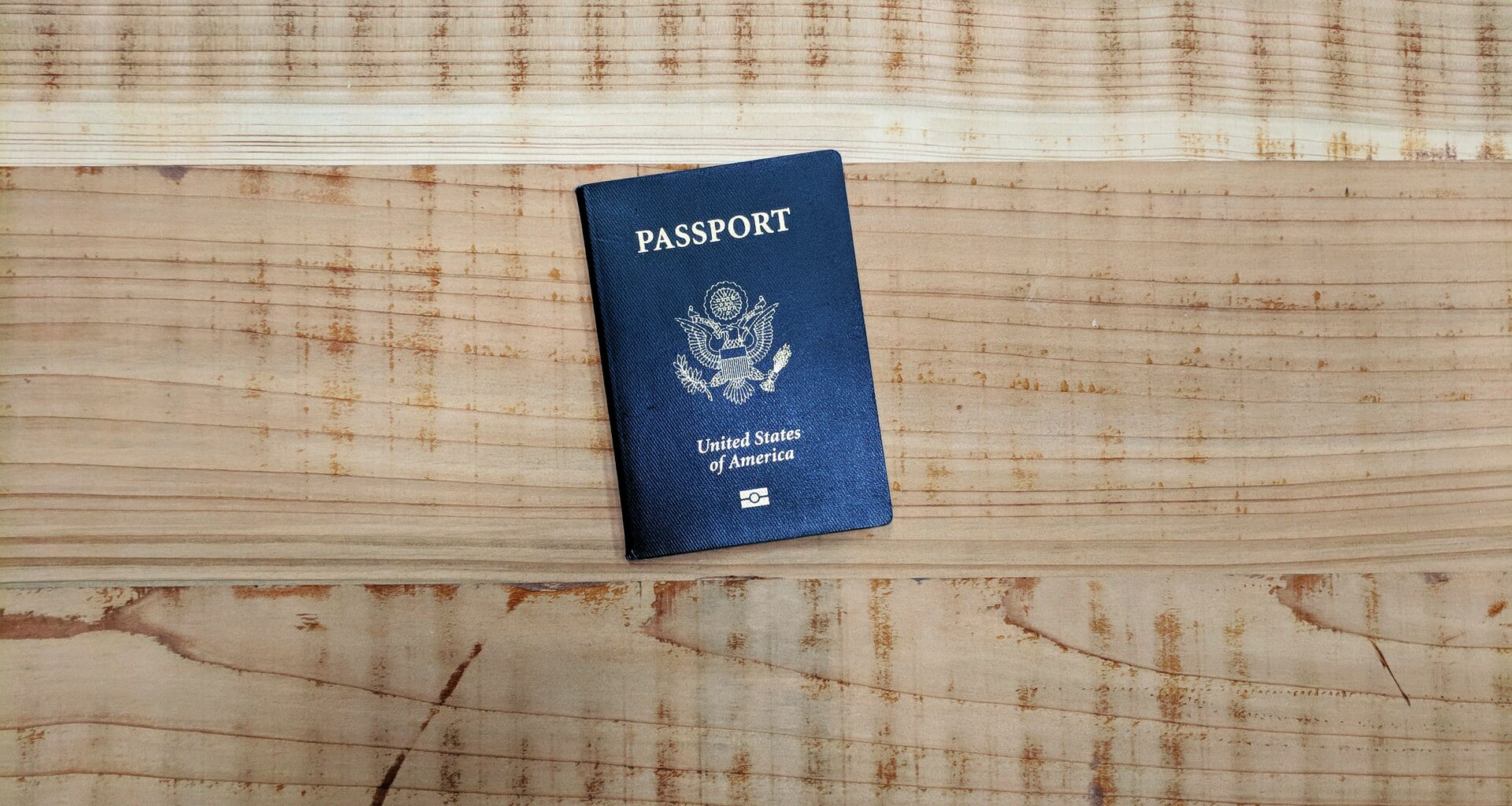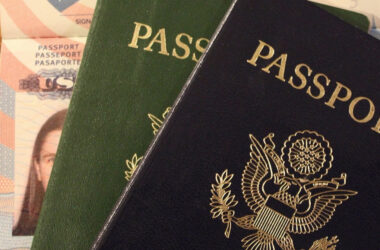It’s been really hard to absorb. Think about. Process. And write about, the experience of being an Asian American in the past year.
Even before the COVID-related lockdowns began in the United States last March, one of the underreported effects of how the virus originated from Wuhan, China was its negative impact on Asian businesses. For a while1, people associated the virus so strongly with China that they were genuinely afraid that Asian establishments universally were contaminated; Chinatown went from sparse streets to an outright ghost town in the span of a week2. This drop-off in patronage eventually spread to most pan-Asian businesses, as people either didn’t know or care whether a restaurant served Chinese, Korean, Japanese, or Filipino food.
Sadly, there was also increased aggression against Asian Americans back then as well, with elevated instances of xenophobic incidents and racial slurs directed at Asians in frustratingly public places. And somehow, those instances feel mild in comparison to our reality today, when some of these cowards are now targeting and attacking helpless seniors on the street for the audacity of their yellow skin color. This is on top of the horrid shooting in Atlanta that raise real questions of the dehumanizing stereotypes fostered on Asian women in America. The Asian community is finally rallying and demanding national attention; every incident is now widely reported in the media, groups have organized “Stop the Hate” rallies, and business leaders who haven’t spoken up previously are breaking their silence in pledging support.
I’ve parked this post in my drafts folder for a while now. It’s been hard to coalesce all these threads above, plus my thoughts and actions on the ongoing events, along with the history of Asians in America and my own 2 decades of residence here. I’ve been personally fortunate to have not personally experienced these verbal and physical attacks this past year, though I’m continuing to struggle with explaining any of these to my American-born, grade-school children. My journey as an Asian American has been marred by comparatively minor quibbles, small instances of “where are you from really?” and the common affliction of encountering the bamboo ceiling in tech. A decade ago, I read a prescient article opining on the social damage done by lumping all the nationalities and individuals from the Asian continent into a caricature, the model minority expectation which shallowly elevates but actually conveniently constrains.
That said, a part of me feels guilty, in the sense that the kind of belonging that the Asian American community is striving to achieve here is definitely not reciprocated when the situation is reversed. Non-Asians who stay in Asian countries stick out like a sore thumb, and most quickly understand that their alabaster or ebony skin color becomes a source of novelty3. I’m not saying that this type of soft stereotyping compares to the real violence perpetuated right now; rather, I’m just noting that there’s room for improvement on the other side of the Pacific Ocean as well.
Maybe acceptance into American society is better realized by recognizing and respecting the individual Asian cultures that right now have all been smeared together into a singular label. The term Asian American Pacific Islander is doing a hell of a lot of work—Asia has over 4.5 billion people and there’s a lot that gets lost in trying to collapse that into one panethnic group. In the Bay Area alone, there are towns with communities that would fall into the Asian American umbrella but are culturally distinct: Korean, Indian, Japanese, Chinese (from China, but also from Taiwan and slightly separately, from Hong Kong), Vietnamese, Filipino, etc. have settled in different geographies here.
By contrast, there isn’t an aggregated term for Americans with European ancestries. In fact, we colloquially frame Europe-based family backgrounds in exactly this way: they’re unambiguously American, but can trace their lineage back to a European locale, maybe highlighting some extended family still living in the old country. The family culture and traditions may very well reflect those European origins, but they’re also an accepted part of the American tapestry, already melted in the pot some time ago.
We’re less than 60 years removed from the Immigration and Nationality Act of 1965, which resulted in larger numbers of Asians immigrating to the US. If I’m being optimistic, we’re hopefully only a handful of generations away from referring to someone also as an “American, who has family in Hong Kong.”




